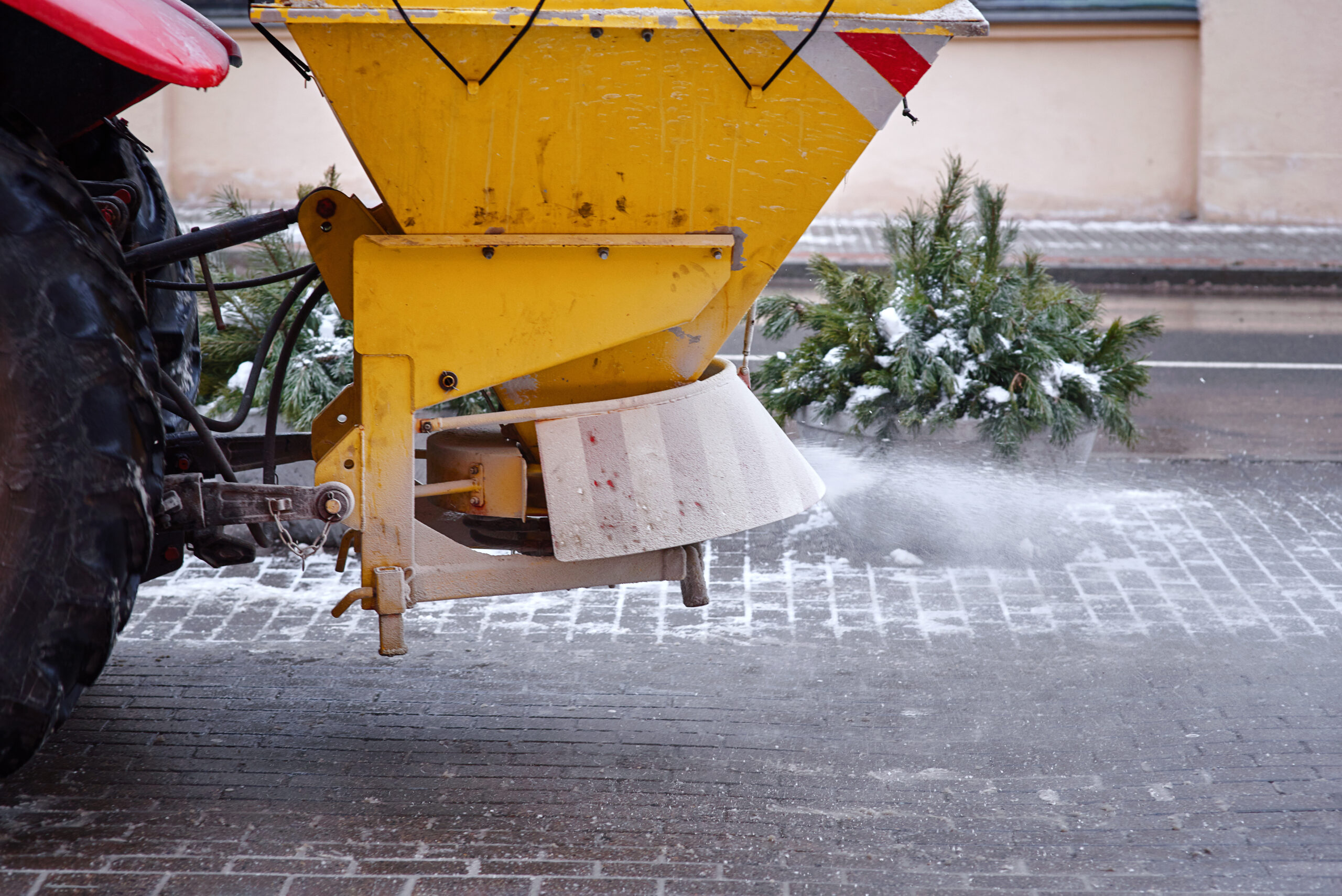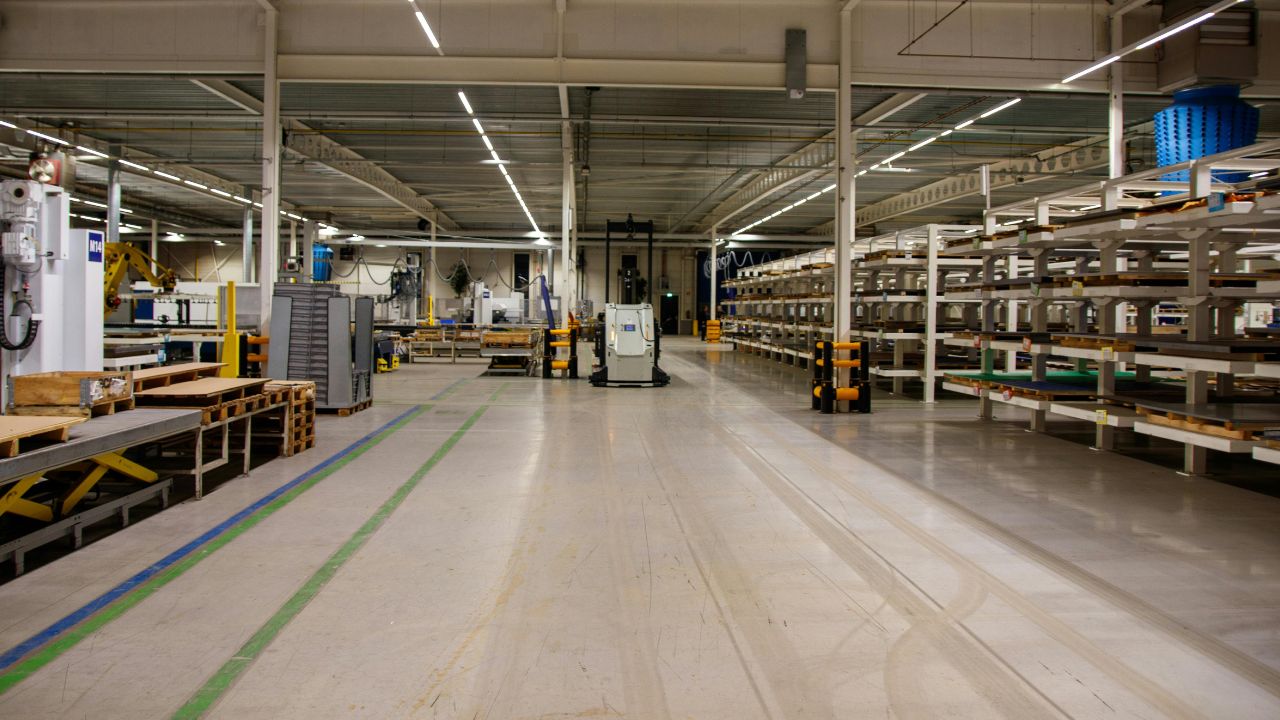Winter safety isn’t just about plowing snow—it’s about what happens beneath it. Selecting the right deicing materials can make the difference between a safe, accessible property and one that faces long-term surface damage or environmental harm. This guide to understanding deicers helps facility managers choose treatments that balance performance, cost, and sustainability.
1. What Are Deicers and How Do They Work?
Deicers are materials applied to pavement and walkways to melt or prevent ice formation. Most work by lowering the freezing point of water, allowing snow and ice to break down more easily. Common types include rock salt (sodium chloride), calcium chloride, magnesium chloride, and liquid deicer solutions.
Traditional rock salt remains the most widely used due to cost, but it’s not always the most effective—especially at temperatures below 15°F. Understanding each product’s limitations helps facilities avoid waste, improve safety, and minimize property wear.
For technical insight on chemical performance, the Federal Highway Administration provides data comparing the melting efficiency of various deicing agents.

2. Liquid Deicer vs. Granular Salt: Which Is Better?
Granular salt and liquid deicer each play distinct roles in snow and ice management. Granular salt works well during and after snowfall to break up accumulated ice. Liquid deicer, applied before storms, prevents snow from bonding to the surface—making plowing faster and more efficient.
A hybrid strategy often delivers the best results: liquids as a preventive layer, solids as a post-event treatment. This reduces the total material required, cuts costs, and minimizes runoff into surrounding soil and waterways.
At National Facility Contractors, our teams often combine both methods based on temperature, storm intensity, and property type to ensure reliable, environmentally conscious results.
3. Environmental Impact of Deicing Agents
Over-application of salt-based products can harm nearby vegetation, corrode metal surfaces, and affect groundwater quality. Many cities now encourage or require reduced-chloride treatments for these reasons. Liquid deicers and blended chlorides typically use smaller quantities of active material and adhere better to surfaces, resulting in fewer reapplications.
For facilities committed to sustainability, it’s critical to evaluate not only cost but also environmental impact. The Environmental Protection Agency (EPA) notes that smarter material selection and precise application rates significantly reduce chloride pollution without compromising safety.
4. Factors to Consider When Choosing a Deicer
Every property has unique conditions that affect which deicing strategy works best. Key factors include:
-
Surface Material: Concrete, asphalt, and pavers each respond differently to chemicals.
-
Temperature Range: Some agents lose effectiveness at extremely low temperatures.
-
Traffic Volume: High-traffic areas may require faster-acting products.
-
Drainage and Landscaping: Areas near grass or plants may need low-impact blends.
-
Budget and Storage: Consider long-term costs and handling requirements.
By aligning deicer selection with site-specific needs, facility managers protect both their properties and the surrounding environment.
The Right Balance of Safety and Sustainability
Effective ice management isn’t about using more product—it’s about using the right one, in the right way. A carefully planned deicing program enhances safety, prevents damage, and supports environmental responsibility.
If your properties face recurring winter challenges, schedule a snow and ice consultation with National Facility Contractors. We’ll help you review your current materials and identify safer, more efficient solutions before the next storm.






